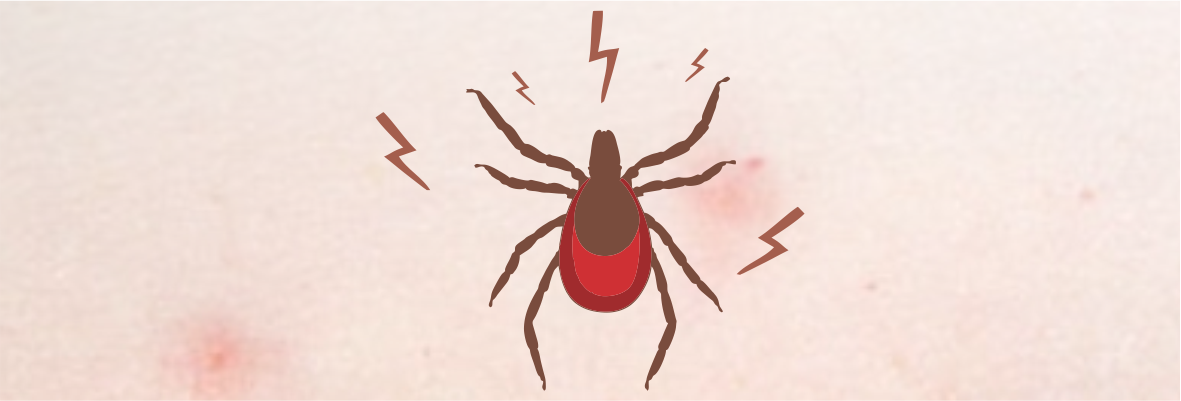Also known as, Japanese river associated with jungle mite or chigger, termed ‘tsutsugamushi’ in Japanese. (tsutsuga= disease, harm, noxious and mushi= bug) Scrub Typhus is a zoonosis, with humans being accidental, dead end hosts. It’s a mite borne Gram negative bacteria Orientia tsutsugamushi of the family Rickettsiaceae. Scrub typhus spreads to people through bites or faeces of infected insects/ chiggers (larval mites).
Rickettsial infection has been one of the great scourges of mankind, occurring in devastating epidemics during times of war and famine. It was first reported in China in 313 A.D and first isolated in Japan in 1930. The Tsutsugamushi Triangle covers the area from Afghanistan to Northern Japan and Far East Russia to Northern Australia. Globally 1 billion people are at the risk of contracting the infection. In India, the disease had occurred among troops during the Second World War in Assam and West Bengal. The rural regions especially the forest and deep vegetation peripheral areas and northern Shivalik range along with the coastal belts of peninsular India have been found to be the hotbeds of Scrub Typhus infection. There have been few recorded outbreaks of Scrub Typhus in India. 42 cases identified in Jaipur, Rajasthan between October-December 2012. 201 cases identified in Odisha, between June-November 2017. States like J&K, Himachal Pradesh, Uttarakhand, West Bengal, Meghalaya, Tamil Nadu, Karnataka and Kerala too have reported incidence of Scrub Typhus in the last decade. The major symptoms of the infection are fever, maculopapular rash, headache, myalgia and Conjunctival Suffusion. Scrub typhus accounts for up to 50% of undifferentiated fever presenting to hospitals. Major complications of the disease are Jaundice, Meningoencephalitis, Myocarditis, Renal Shock and Mortality in acute cases. The most common diagnostic methods for Scrub Typhus are: Weil Felix Test (Agglutination), Rapid Antibody Card (Serology), ELISA (Serology), PCR (Molecular Diagnostics). The Weil-Felix test suffers from poor sensitivity and specificity, with a recent study showing an overall sensitivity as low as 33% and specificity of 46%. Microscopy too has limitations as it requires high end immunofluorescence based Antibody and makes the sample susceptible to photo bleaching. For Screening, RDTs and ELISA are the best serological methods which can be used more easily with specific interpretation of infection. By eliminating the complexities of other diagnostic processes and overcoming their limitations, J Mitra and Co. devised the first rapid card kits and ELISA kits exclusively for Scrub Typhus infections in India. The RDTs are based on Immunochromatography and are ideal for primary screening. The J Mitra Microlisa kit is based on the early detection philosophy and hence targets on the detection of IgM Antibodies.

